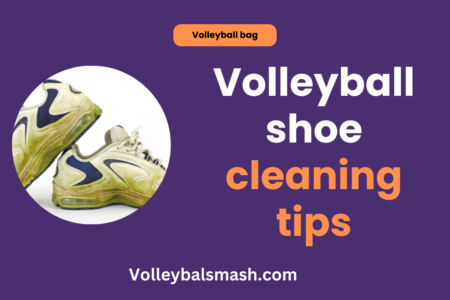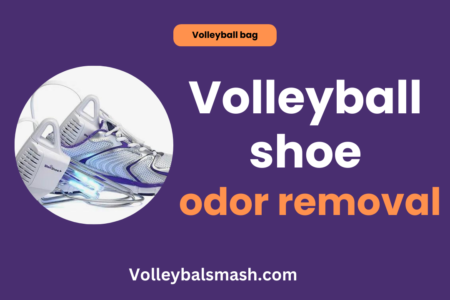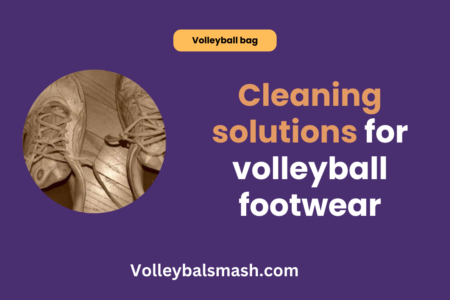Do you know the nuances of indoor and outdoor volleyball courts? Understanding the differences between these two types of courts is crucial for any volleyball player. Indoor courts are typically smaller and have a hard, smooth surface, while outdoor courts are larger and have a softer, more forgiving surface. Each type of court comes with its own set of challenges and advantages, so it’s important to be familiar with both in order to excel in the game. In this blog post, we will delve into the specifics of what sets indoor and outdoor volleyball courts apart, so you can be better prepared for whichever type of game comes your way.
Key Takeaways:
- Court Surface: Indoor volleyball courts are typically made of wood or synthetic flooring, providing a smooth and consistent surface, whereas outdoor courts are often made of sand, grass, or asphalt, offering a more uneven and unpredictable surface for gameplay.
- Net Height: The net height for indoor volleyball courts is set at 7 feet 11 5/8 inches for men and 7 feet 4 1/8 inches for women, while outdoor volleyball courts have a standard net height of 7 feet 11 5/8 inches for both men and women, making the game slightly different in terms of strategy and gameplay.
- Playing Environment: Indoor volleyball is played in a controlled, climate-regulated environment, while outdoor volleyball is subject to weather conditions, such as wind and sunlight, which can significantly impact the game and require players to adapt their skills accordingly.

Characteristics of Indoor Volleyball Courts
Obviously, indoor volleyball courts have their own unique characteristics that set them apart from outdoor courts. According to Indoor vs. Outdoor Volleyball: Which is Safer?, indoor courts are specifically designed to provide a controlled environment for the game, ensuring a consistent playing surface and climate.
Court Dimensions and Specifications
Indoor volleyball courts are typically 18 meters long and 9 meters wide, with a ceiling height of at least 7 meters. The net height for men’s volleyball is 2.43 meters, while for women’s volleyball it is 2.24 meters. The playing surface is usually made of wood or synthetic material, offering a consistent and uniform bounce for the ball. The boundary lines are clearly marked, providing a defined playing area for the game.
Materials Used in Indoor Volleyball Courts
Indoor volleyball courts are constructed using materials that offer durability and shock absorption. The playing surface is often made of hardwood, such as maple, providing a sturdy and resilient foundation for players to move and jump. The floor is designed to offer good traction to prevent slipping and sliding during intense gameplay. Additionally, the use of synthetic materials in the construction of the court ensures consistent performance and reduces maintenance requirements.
Features of Outdoor Volleyball Courts
To fully understand the difference between indoor and outdoor volleyball courts, it’s important to examine the distinct features of outdoor courts. One of the first things you’ll notice about outdoor courts is their exposure to the elements, which can have a significant impact on the playing experience.
Variances in the Size of Outdoor Court
Outdoor volleyball courts can vary in size, but in most cases, they are larger than indoor courts. The standard size for an outdoor court is typically 16m x 8m, giving you more space to cover. This larger size can lead to more challenging plays, requiring you to both react quicker and cover more ground effectively. The increased size can also lead to longer rallies and more exciting gameplay.
Material Variations in Outdoor Volleyball Courts
Outdoor volleyball courts are typically made of a different material than indoor courts. While indoor courts are often made of wooden flooring, outdoor courts are usually made of sand or a type of synthetic material. Playing on sand can provide a unique challenge as it requires you to adjust your movements and play style. The softer surface can also lead to a higher risk of injury if you’re not careful. It’s important to wear proper footwear and be mindful of your movements to avoid slipping or twisting an ankle on the uneven surface.
Comparing Indoor and Outdoor Volleyball Courts
Lastly, if you are still unsure about the differences between indoor and outdoor volleyball courts, you can check out this article on 4 Differences Between Indoor and Outdoor Volleyball. It breaks down the information into a table with two columns, clearly outlining the distinctions between the two types of courts.
Differences in Playing Conditions
When it comes to playing conditions, the primary difference between indoor and outdoor volleyball courts lies in the elements. Outdoor courts are subjected to the unpredictability of weather, including wind, sun glare, and temperature. This can make the game more challenging as you have to constantly adapt to the changing conditions. On the other hand, indoor courts provide a controlled environment with consistent lighting and temperature, allowing for a more stable playing experience.
Analysis on Rules and Strategies
One of the key differences in the rules and strategies between indoor and outdoor volleyball is the impact of the court size. Indoor courts are typically smaller, requiring faster reflexes and quicker decision-making. This can result in a more intense and fast-paced game. Conversely, outdoor courts are larger, allowing for more room to maneuver and potentially different playing strategies. The differences in court size can significantly influence your approach to the game and the strategies you employ.
Conclusion
From above, you can see that there are several key differences between indoor and outdoor volleyball courts. Indoor courts are typically made of wood or synthetic material and are enclosed within a building, whereas outdoor courts are made of sand or grass and are open to the elements. The type of surface and environment can significantly impact the way the game is played, so it’s important to be aware of these differences as you prepare for a game. Whether you’re playing indoors or outdoors, understanding the unique characteristics of both types of courts will help you become a more versatile and skilled volleyball player.
FAQ
What are the differences between indoor and outdoor volleyball courts?
Indoor volleyball courts are typically constructed with hardwood or synthetic flooring, while outdoor courts are usually made of sand or grass. The dimensions of indoor courts are regulated and standardized, while outdoor courts can vary in size. Additionally, indoor courts are enclosed and have a higher ceiling, while outdoor courts are open-air and have no ceiling.
How does the playing surface vary between indoor and outdoor volleyball courts?
The playing surface of indoor courts is flat and uniform, providing consistent ball bounce and player movement. In contrast, outdoor courts with sand or grass surfaces require different playing techniques due to variations in ball movement and footing. Sand courts, for example, demand greater emphasis on diving and sliding, while grass courts may affect ball speed and trajectory.
What are the equipment differences between indoor and outdoor volleyball courts?
Indoor volleyball is played with a regulation-size net, typically made of nylon or similar material, which is securely attached to poles or the ceiling. Conversely, outdoor volleyball utilizes a wider and taller net to account for the increased height and reach of players. Outdoor courts also require boundary lines to define the court area, often using tape or rope, whereas indoor courts have permanent boundaries marked on the flooring. Additionally, outdoor volleyball players often wear appropriate footwear for sand or grass surfaces, while indoor players wear athletic shoes suitable for hardwood or synthetic flooring.



